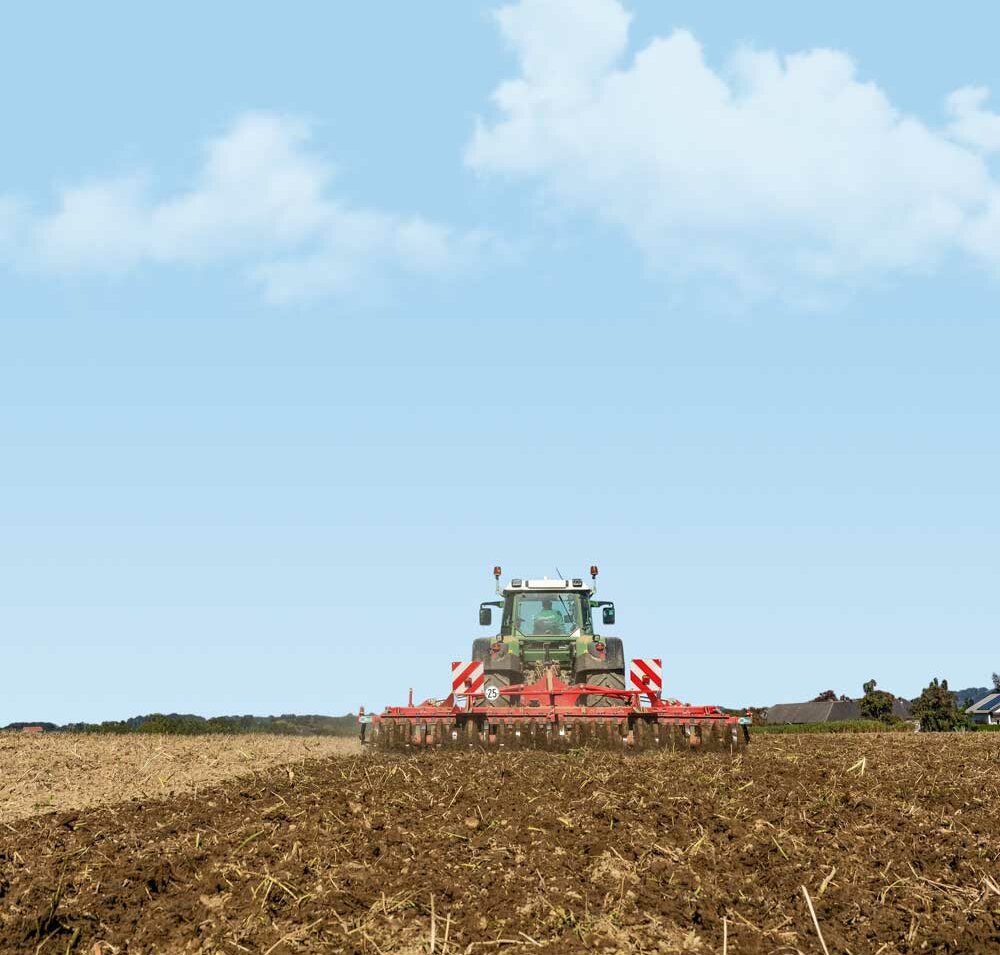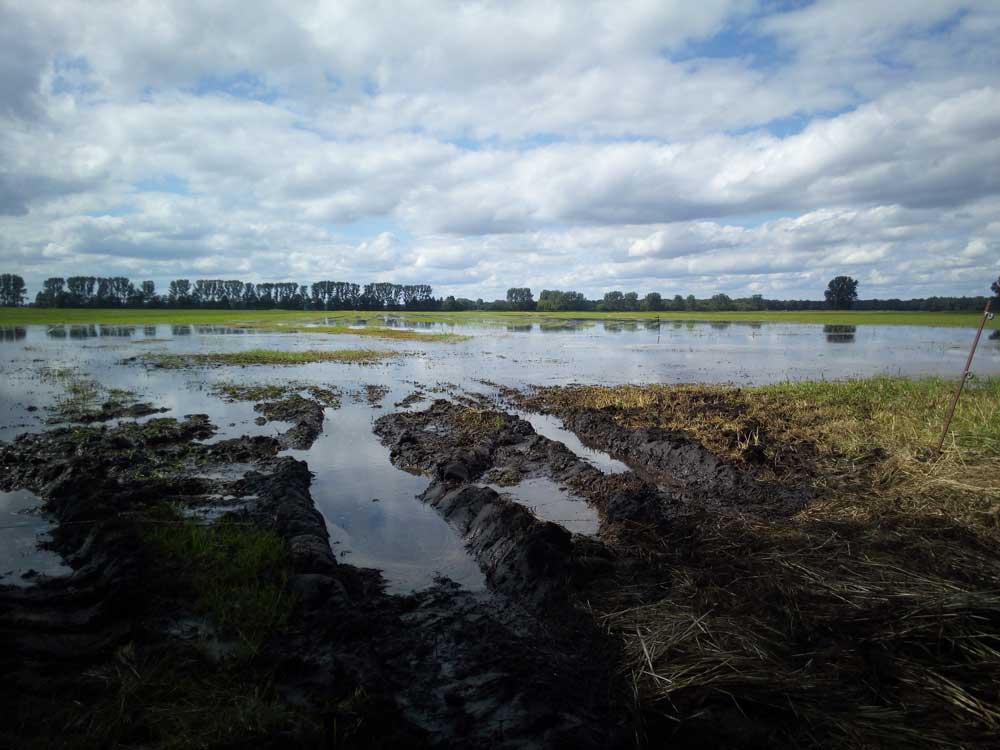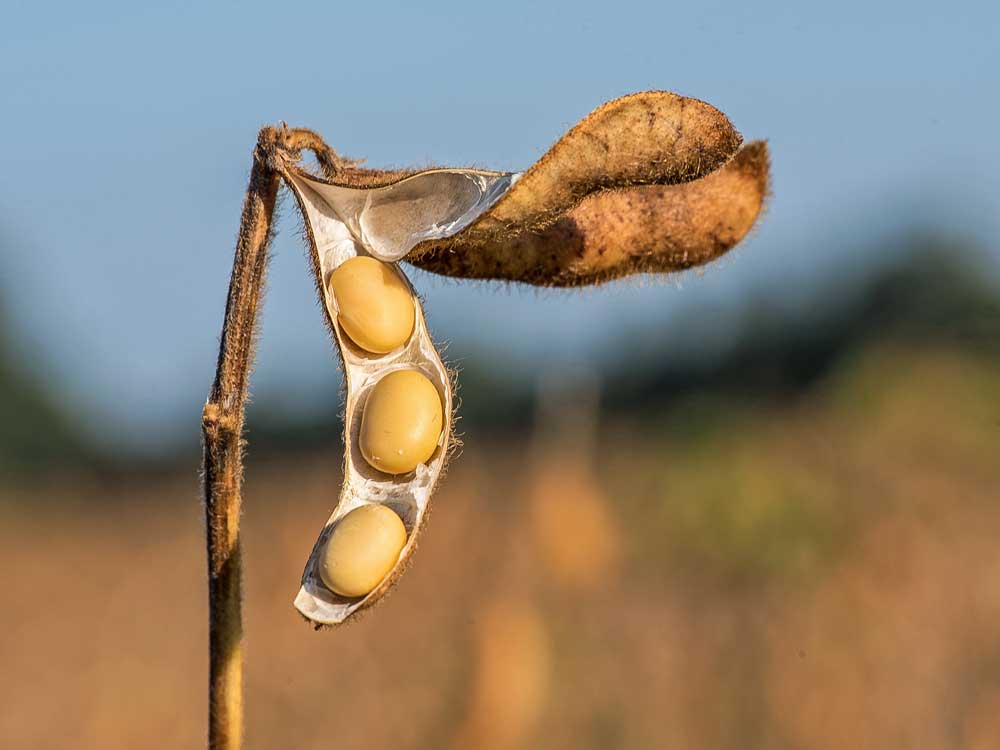How can we cope with weather extremes?
By Detlev Dölger and Wiebke Lenge, Hanse Agro, Gettorf, Germany
Both the last years demonstrated all too well the great challenges to successful crop growing represented by weather extremes. How can we reduce the inherent risks?
Let’s look at weather conditions over the last 20 years compared with the preceding period between1961 and 1990, taking the Hanover area as example. Recordings show marked increases in temperature during winter and summer. Most locations recorded around 1°C above the earlier comparison period. And as far as rainfall was concerned, this showed a reduction in early spring and an increase over the summer months. Such a development is not so beneficial for winter crops but offers substantially better conditions for spring-sown crops such as maize and sugar beet (although not necessarily for summer cereals). A comparison of yield developments in many locations over the last years confirms this outcome. However, weather experts forecast that summers could be drier in the coming years, which means another change might be needed to help ensure predictable harvests.
Improving field conditions
Particularly where expected precipitation is high, drainage systems must be intact, with the required water-carrying capacity. Also of outstanding importance is soil structure and humus content. The best drainage system is worth nothing if the surplus water is not speedily channelled away from the field surface. Additionally, an intact crumb structure stores moisture which is then available for the growing crop. Tillage operations serve the function of conserving or improving this field moisture holding capacity, a capability definitely required in many cases after harvest in summer/autumn 2017.
If the basic fertiliser application is tailored for the soil in question and humus management is correct, then the fundamental requirements for stable crop production are present. Humus production from organic manure application is substantially influenced by degree of rotting and dry matter content as well as manure composition, its degradation and humification in the soil. And remember that straw removal cannot be simply compensated for by application of more slurry or fermentation residues!
Short-term adjustment possibilities
In dry periods the question of irrigation arises – especially for root crops such as potatoes, sugar beet and field vegetables. With oilseed rape or cereals, irrigation usually only makes sense where there’s considerable added value on offer. Here, the efficiency of water application must certainly be markedly improved in the future. 2018 results showed that, even with higher irrigation intensity, with large amounts of water being applied, continuous drought conditions meant any beneficial effect was limited. Much more efficient are drip irrigation systems and sub-surface watering – both methods that offer the possibility of fertiliser being added with the water. Additionally, foliage (e.g. potato leaves) remains dry, thus lessening the risk of disease.
Soil cultivations
Tillage operations are core elements in preparing the soil. Cultivations should start right after combining but admittedly can never iron-out the mistakes of poor straw distribution. In particular, the restrictions on glyphosate application create substantial challenges for seedbed preparation. Still, the basic aim is not really changed, with tillage operations selected to meet the requirements from the previous and the following crops, to reduce erosion risk and increase moisture retention capability. A good example comprises the following targets for winter wheat after winter oilseed rape:
- Control of straw and chaff on the germination layer so conditions are right for seed sprouting and young plant development
- Removal of volunteer oilseed rape growth from shed seeds
- Ensuring no growth barriers in the seedbed profile
- Optimising germination and growth conditions in topsoil
- Tilling for a good mix of straw and topsoil (erosion prevention)
- Avoiding inversion and therefore burying of shed seeds
- Controlling problem weeds and pests (slugs, mice)
These targets represent a combination of the requirements for hygiene in the rotation and for establishment of the next crop.
The opening crop
Here, establishment of the winter wheat tends to be the lesser problem. This is because oilseed rape represents a favourable opening crop and also because wheat is usually less exacting in its demands. In other words, hygiene stands in the foreground here. Slugs and mice have to be controlled and shed rapeseed not buried. If we add to this a difficult-to-dominate blackgrass problem, then the right approach is clearly crucial. This means that, in most cases, we cannot really get away from a variable number of repeated shallow stubble cultivations followed by a final soil tillage pass at 15 to 25 cm depth before seeding. Where there are gaps in this approach, all the necessary requirements might not be met. For instance, implements used for shallow stubble cultivations should be capable of slicing through vegetation but must definitely avoid soil inversion and burying of non-germinated seeds. The right cultivation approach can also control slugs and mice through its intensity and can be followed up (if still required) by chemical action.
Cultivation depth
Our trials in Mecklenburg-Vorpommern indicated that, only during one year in 20, a cultivation intensity of more than 5 to 7 cm depth brought a yield increase in the following winter wheat of 500 kg /ha. If the farmer feels happier applying a more aggressive tillage, or wishes to loosen compacted soil after a wet harvest like that of 2017, there are many tines and coulters on the market that loosen without inverting soil. The main thing: no seed should be buried. Do not believe that repeated shallow cultivations guarantee control of volunteer rapeseed emergence. In individual cases we have counted waves of rapeseed emergences following hail damage in the ready to harvest crop – starting at harvest and continuing then right through until the following cereal harvest. And this certainly only because we had loosened and not inverted. Otherwise, the later emergence waves would have been buried and first »surfaced« years later.
Summer crops
Cropping diversification will be an important factor for future arable farming in regions where presently rotations are (too) tight. Admittedly, adding crops to a rotation is easier said than done in many locations. The colder a region or the drier or sandier it is, the more difficulty there may be in identifying alternatives. »Real« summer crops such as maize or sugar beet have the advantage of a substantially displaced moisture requirement. If it rains during the harvest of the winter crop, this helps the follower summer crop. On the other hand, summer cereals have, compared with winter crops, the disadvantage of a shorter vegetation period. Unfortunately, the choice of »new« crop types remains very limited. In the bioenergy sector much has been tried out in the last one or two decades. Remaining are only maize and wholecrop cereals (with limitations). While sunflower cropping in the 2000s reached around 25 000 ha, by 2017 only 18 000 ha of the crop was sown. A more promising future is seen for soybeans in this context. But before a test drilling, a farmer should look closely into growing potential in the respective location. Soya growing overviews are available from Germany’s Julius Kühn Institute, among other sources. Especially with regard to rotations, any alternative crops must be thoroughly tested first to avoid possible disaster! Remember, reduction of the plant protection portfolio means the problems that can appear in tighter rotations may increase rapidly and become still more difficult to control. For this reason, the byword nowadays is: be prepared.
Rotations
Catch crops represent a further way of loosening crop rotations. But certainly not with winter crops alone. For catch crops in such cases the time between harvest and follower crop isn’t usually long enough and also threatened is a good start for the following main crop. In this way, catch cropping has become established where summer main crops are grown. But alongside the positive effects there are also risks. A negative effect emerges if, for example, shed rapeseed and cereal seed end up in the crop seedbed and cannot be eliminated. In part, this can be caused by crop husbandry mistakes. The flexibility needed to tackle problems is also adversely affected by »greening« requirements or other programmes.
Variety choice, fertilising and plant protection
If, through dilution of the fungicide palette, more susceptible varieties become barely manageable, then breeders gain increasing importance in the search for new, healthier varieties. At the same time, you as farmer (and your adviser) must resist the temptation to make first choice the highest yielding but also most disease susceptible varieties, particularly for high performance regions. In this respect, the state variety trails could in part also be optimised so that they make more transparent the differences in the crop treatment requirements. In fertiliser application there remains the challenge of increasing the efficiency of nitrogen applications keeping in mind that this requires first of all a well-balanced basic nutrition supply for the plant.
As for plant protection, we not only face the problem of reduced availability of active ingredients; their efficacy is also diluted. Not that this will bring a definitive lessening of plant protection’s importance in the future. Instead, we will see more combinations of treatments or successive applications of chemical crop protection substances and biologicals. With this, treatments will change markedly in that the focus of a prophylactic application lies in achieving an overall efficacy. Here, the possibilities of integrated plant protection must be further developed, and its application made more precise.
Summary
Identified here are two main targets in the adaptation of husbandry to climate and weather conditions: Firstly, the short-term reaction of weather challenges must be more flexible. For tillage work, the purchase of yet another cultivator implement is not always necessary. Certainly, the possibilities of the available implements should be fully tried out and where there’s a doubt, machines can also be held in reserve. Secondly, it makes sense where rotations are tight to try out alternatives to loosen the cropping cycle and not just wait until the worst happens. Get started now! The weather won’t wait for you.






